Baby cars come in various forms, from toy cars designed for play to ride-on cars that young children can sit in and maneuver. These miniature vehicles cater to different age groups and developmental stages, providing entertainment, promoting motor skills, and fostering imaginative play.
Getting to know toy cars for babies
Toy cars designed for babies typically come in small sizes, often made from plastic or soft materials, providing tactile stimulation and safety for young babies. These toy cars for kids are primarily meant for hand play, allowing infants to grasp, push, or roll them along the floor. They often have bright colors and rounded edges, encouraging sensory engagement and easy manipulation for infants. As babies grow and develop better motor skills, push-and-go kids toy cars become popular choices. These toys require a bit more coordination, as babies can push them along the ground to see them move forward. They often feature simple mechanisms that engage when pushed, providing a cause-and-effect learning experience for toddlers.
Getting to know kids ride on cars
Kids ride on cars are larger toys that babies can sit in and maneuver using their feet, promoting mobility and coordination skills. These toddler ride on cars often feature a sturdy frame, comfortable seating, and a simple steering mechanism, allowing babies to navigate in a controlled and safe manner. On the other hand, electric ride-on cars for kids are more advanced versions, often battery-powered and equipped with motors, allowing for more realistic driving experiences. These electric toy cars usually have additional features such as lights, sound effects, and a speed control mechanism, providing a more engaging and immersive ride for older toddlers.
Benefits of baby cars
Baby cars, encompassing both toy cars and ride-on vehicles, offer a myriad of developmental benefits for infants and toddlers. These miniature vehicles serve as more than just entertainment; they play a pivotal role in fostering physical, cognitive, and social skills crucial for a child's growth and development. For example, baby toy cars, especially those designed for pushing, grasping, or riding, aid in the development of motor skills. Babies engage in gripping, pushing, and manipulating the toys, enhancing their hand-eye coordination and fine motor control. Pushing or riding on these vehicles requires physical effort, contributing to muscle development and strengthening their limbs. Moreover, the act of maneuvering toy cars, whether by rolling them along the floor or steering a ride-on car, encourages spatial awareness and cognitive development. Babies learn cause-and-effect relationships as they push or operate the cars, understanding that their actions lead to movement. This process stimulates cognitive abilities, such as problem-solving and understanding basic physics concepts like motion and direction.
Furthermore, baby cars often come in vibrant colors, varied textures, and interactive features, stimulating a child's senses. The sensory exploration facilitated by these toys aids in sensory development, allowing babies to engage through touch, sight, and sometimes sound. Different textures, shapes, and noises associated with the cars provide sensory experiences that contribute to overall sensory integration. Additionally, drivable toy cars empower toddlers by allowing them to navigate their environment independently. As they learn to steer and propel themselves forward, they gain a sense of autonomy, boosting self-confidence and fostering a spirit of independence. Through play with toy cars, babies often engage in imaginative role-playing scenarios, such as pretending to drive or imitating real-life situations. This creative play encourages creativity and social interaction, as children may share and play with peers, learning to take turns and engage in collaborative play.

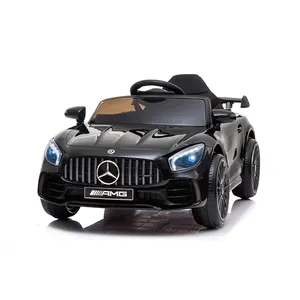
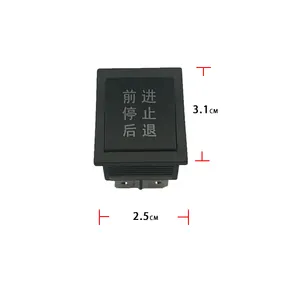



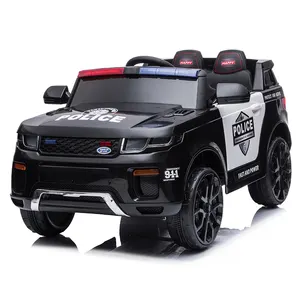










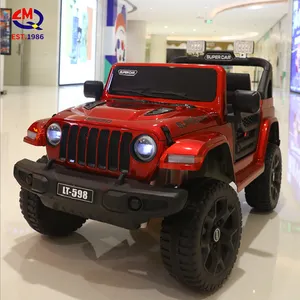


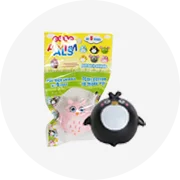

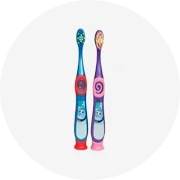
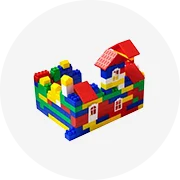
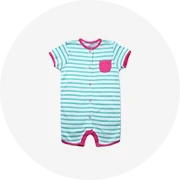

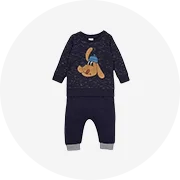

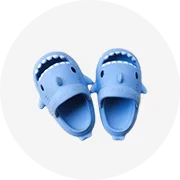


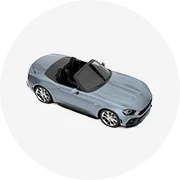
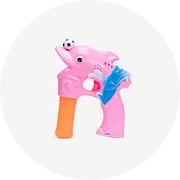








 浙公网安备 33010002000092号
浙公网安备 33010002000092号 浙B2-20120091-4
浙B2-20120091-4